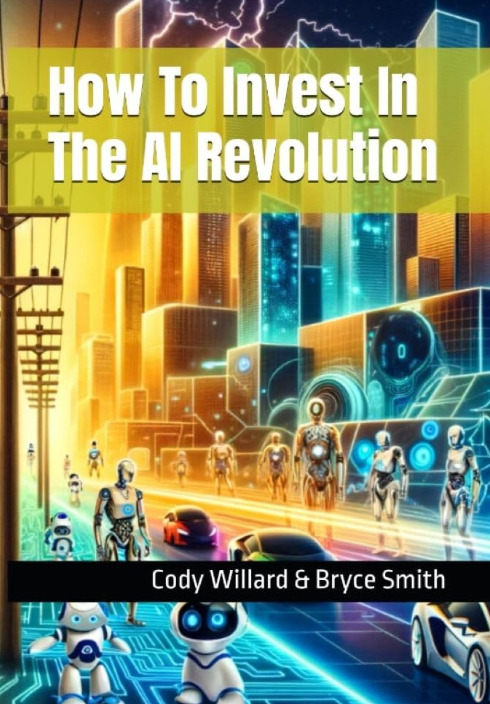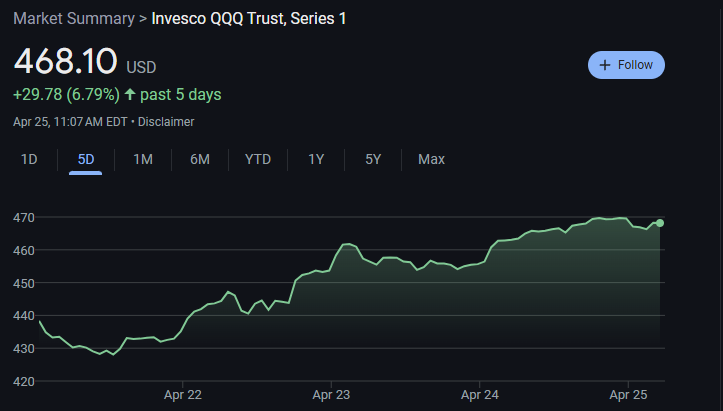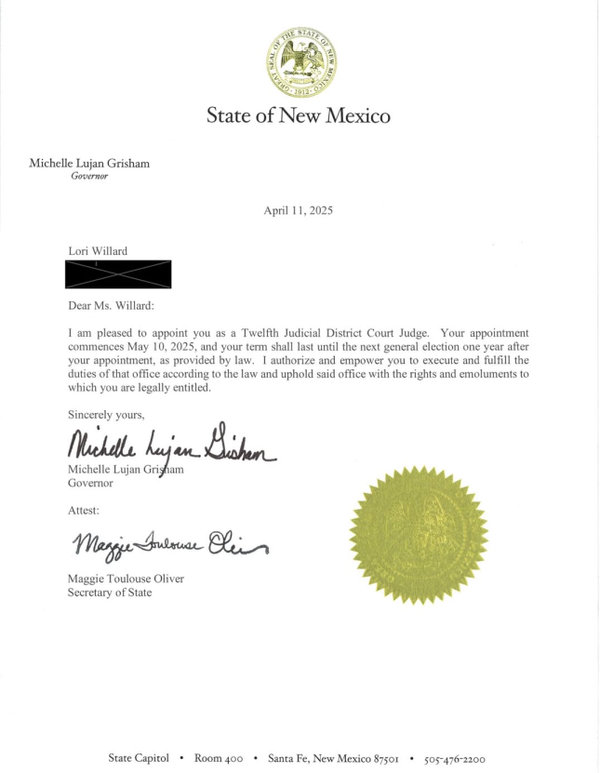Our Latest Book: How To Invest In the AI Revolution
The AI Revolution, and more importantly the Robotics Revolution that AI will ultimately empower, might just be the second biggest technological Revolutions in human history after the Electricity Revolution that enabled our entire modern world!

We just published our latest book on Amazon, How To Invest In The AI Revolution. The book is a compilation of articles about AI including our Mag 7 AI series that we wrote in May, plus a few other nuggets thrown in like our AI Tech Stack, and some brand new content as well.
As always, we make the book available to all TWC Subscribers for free via a PDF in the Bookstore.
If you’d like to buy a hard copy on Amazon or send one to a friend, click here.
Below is the introduction to the book:
We are witnessing a sea change in technology. Having followed, analyzed, written about, and traded the technology sector for nearly 30 years, I can tell you that what we are witnessing right now in artificial intelligence (AI) and robotics is unlike almost anything I have seen in the past (including the internet).
It is clear that the AI Revolution is real and it is going to be another one of those multi-trillion-dollar Revolutions like those that we have invested in the past, including the Internet Revolution, the Smartphone Revolution, the App Revolution, and the Cloud Revolution. We’ve owned almost all of the current AI winners for many years, including buying (all prices adjusted for stock splits of course):
- NVIDIA in March 2016 at $8 per share.
- Google the day of its IPO (July 2004) at $2.25 per share.
- Amazon in June 2015 at $25 per share.
- Meta in June 2012 at $26 per share.
- Apple in March 2003 at $0.20 per share.
- Tesla in April 2019 at $17 per share.
However, this time it might be different, because it might be even bigger! The AI Revolution, and more importantly the Robotics Revolution that AI will ultimately empower, might just be the second biggest technological Revolutions in human history after the Electricity Revolution that enabled our entire modern world!
As of this writing, we are about 18 months into the current form of the AI Revolution (assuming it started with the “ChatGPT Moment” in November 2022). Much of the hype has faded for the smaller names, but there is an extremely high confidence in the ability of the mega caps to grow revenue and earnings because of AI.
We expect the Magnificent 7 companies (excluding NVIDIA) will spend a combined $200 billion plus on capital expenditures (CapEx) in 2024. Nearly all of this CapEx is going toward building and retrofitting data centers for AI.
But the question remains, how will these massive tech companies actually monetize AI? If they cannot generate a suitable return on their massive CapEx spending, then the AI Revolution will be over nearly as quickly as it started.
We seek to answer that question in this book. We start by analyzing and ranking the AI strategies of the Mag 7 in terms of their ability to build, develop, scale, and ultimately monetize AI products and services. Given the outsized importance of these mega-cap tech stocks on the markets and the economy, we think this is absolutely one of the most pressing questions investors should be asking right now.
In addition to that sort of near-term question, there is a grander, far more important phenomenon happening underneath the surface, which is the building of artificial general intelligence (AGI), artificial super intelligence (ASI), and embodied AI, a.k.a. robotics.
Eventually, the goal of all these major tech companies (and many startups) is to build some form of AGI. While nobody can seem to agree on how to define AGI, the general idea is that computers will someday be smarter than any single human, and they will be able to do nearly everything that a human can do in the digital world. AGI will create an entirely new way for humans to interact with computers, and we think most legacy software companies will either adapt or die as AI-empowered “Software 2.0” takes over the world.
AI can already write pretty darn good code using only text prompts, and that is democratizing the entire world of software development. There are hundreds of what we call “legacy” software companies that have huge sunk costs in their existing software, and today that same software could be built by a competitor or the company’s own customers at a fraction of the cost. We think in the next two to four years we will see a lot of new AI-native software applications that displace much of the existing software stack and ultimately become trillion-dollar businesses themselves.
Importantly, AGI (or some “mini” form of it, in the words of Elon Musk) will empower an even greater expansion of wealth and prosperity, the Robotics Revolution. Robotics is nothing new, in fact Honda has been working on its humanoid robot since the 1980s. But advances in semiconductors, batteries, actuators, electric motors, sensors, cameras, and most importantly AI, have resulted in a moment where Robots may now feasibly be able to perform the kind of work that is valuable to humans at scale.
This book delves into the convergence of AI and robotics and how it is paving the way for intelligent robots capable of performing tasks that were once within the sole domain of humans. We will examine the parallels between the Internet and AGI/Robotics Revolutions, highlighting the crucial role of humanoid robots in this new frontier. These robots, designed to navigate a world built for humans, are set to become integral to many sectors, from manufacturing and logistics to healthcare and beyond.
Beyond technology and economics, the integration of AI and robotics by these companies will have profound societal implications. This includes changes in labor markets, the creation of new job categories, and ethical considerations surrounding AI and automation. As robots become more integrated into our daily lives, we must consider the broader societal impacts of a world where intelligent machines perform tasks for, with, and alongside humans.
We begin the book with an explanation of the AI and Robotics Revolutions and draw comparisons to the Internet and Smartphone Revolutions. We then lay out why we think the AI and Robotics Revolutions will actually happen (that is because of the Kurzweilian Exponential Rate of Change, which states that the rate of technological improvement increases exponentially). After that, we break down why the Mag 7 are the most important stocks on the planet right now, and that is followed with chapters breaking down and ranking the AI strategies of each company. Lastly, we’ve included our “AI Tech Stack” which highlights each layer of the AI enabling technologies, from commodities like copper and electricity at the bottom, all the way up to humanoid robots at the top!
We think this book will provide a solid framework by which to understand what is happening right now in AI. Moreover, we hope that springs forth in your imagination the possibilities of what our world could look like with AGI and robotics everywhere. The key to catching the next multi-trillion-dollar Revolution is to invest in it before everyone else does, and having a mental framework in place for what that Revolution will look like is the first step in finding those great investments like Apple, Google, Nvidia, Meta, and Amazon that we bought many years ago and continue to hold today.
And be sure and stick around to the end where we reveal our favorite AI stock right now!




